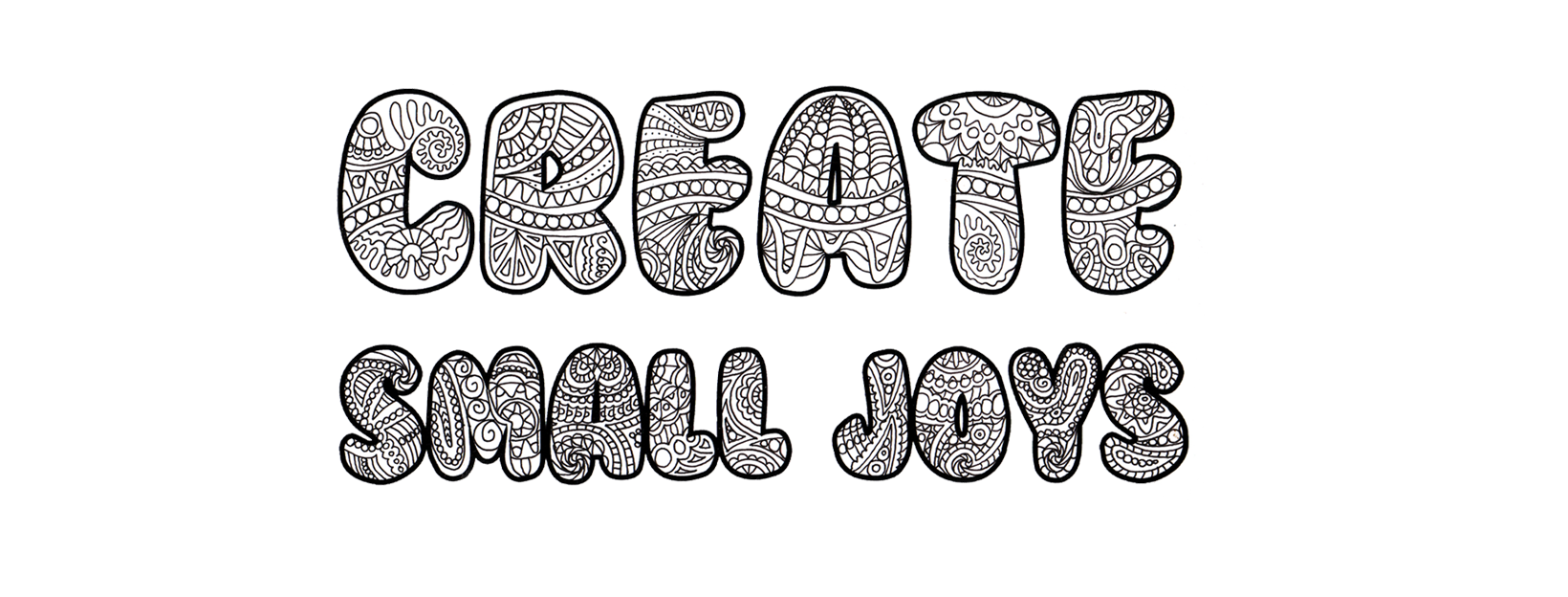When you want to start an online business, you may already have some ideas on your mind. But perhaps you don’t have anything specific yet. You just want a business of your own and are searching for what you can do (and earn money from it). So first, you need to find a niche.
A niche is born from an idea and in the first part of this series, I was talking about how to manage the many, many ideas that this amazing ADHD brain of yours has and how to choose the best ones to work on:How (Not) To Start a Business When You Have ADHD
A practical way to keep track of your ideasmedium.com
Well, now, you have an idea. You are sure that it’s a great idea and a good fit for you. But don’t try to start a business without determining a niche and doing market research to see if there really is interest in your product! You could end up wasting a lot of time. I speak from my own experience here. I jumped into a project that I didn’t do the research for, just because I had the idea one day and it seemed neat, just to find out after a few months of work that I’m not really that interested in doing it day to day, and most importantly, that there isn’t enough demand for it anyways.
Your ideal niche — what do you want to create?
So, how to find a good niche for you?
Your ideal niche should be where these 3 areas intersect: Your passions, your skills, and potential buyers’ interest — which means there are people who need the thing you want to offer and are willing to pay for it.
How to determine the first two? Write a list of everything you like to do. Write a second list of everything you are good at. You may not know yet what people will be interested in — but that’s where the market research comes in. We will be talking about that later.
Look at your two lists and find intersections. You can use the ADHD idea planner to determine what ideas are the most viable for you right now. This may evolve over time. Don’t worry if you need to take a different direction in your business later or start in a completely different niche. The thing that matters is that you are happy and excited about what you are doing.
Start with a minimum viable product
You want to start small. That way you won’t get overwhelmed and lose interest quickly. It also gives you the possibility to switch the niche if the first one didn’t work out for you.
Always build a minimum viable product first! This is a product that has the bare necessities to function and give people value. You put only a minimal amount of effort into creating it. Leave the polishing and special functions for later. The idea is to make it quickly and test if it works quickly.
By using the minimum viable product, or the MVP for short, you can test the interest of the market. I must admit did the mistake of doing the exact opposite and trying to build the maximum possible product. It was a behavior born from perfectionism and fear that I’m not good enough, so what I create must be PERFECT, so no one is able to criticize it. But let’s face it — even if you have the most perfect product in the history of the whole world, there will always be some people with critical opinions of it. You need to focus on what good you can do with your product and how can you help people with it.
Always do your basic market research
You should always, always, always do market research before you run off to start a product or a business. I can’t stress that enough. I learned this the hard way, creating a product for which there wasn’t enough interest and wasting months of my time.
Because we are ADHD, we are prone to buying a ton of books and courses on the subject of market research and spending the next months procrastinating by (not) going through them. Don’t do that — at least in the beginning! (Later on, you may want to go deeper into the area of market research, but for now, we are just establishing your area of interest.)
Do just those two simple things instead:
- Google your potential competitors
- Do market research on social media
Market research 1: Google your competitors
Google if there are any similar products to what you want to create. You want to find some, which indicates that there is interest, but not too much, which means that the market is already oversaturated. The second option isn’t as bad as it seems though — it just means you have to take a unique approach when creating your products.
Is the market saturated? Good!
If there already are a lot of similar products, don’t let it discourage you! It means people want what you offer. Just keep in mind it will be harder to break through. Have a good look at your competitors and think about how could you do what they do, but better. Brainstorm ways how to do it in a different way, with a different twist.
What do you think their product is missing? How could you improve it? You have a fresh perspective that you can bring into the field. Every person is an original and you can put your original twist on what you are trying to create. Don’t just blindly copy what everyone else in the field is doing. Do it your way.
Yes, look at the competitors to find inspiration and especially to determine what works for them. That is a treasure trove of information you want to tap into. But don’t become a copycat. Find your own innovative approach.
For example, I chose to create a marketing guide — but for people with ADHD. That’s my unique twist. If you have ADHD, you know that it comes with a pretty big set of challenges, and who better than one of your own to guide you through it?
Market research 2: Finding your niche on social media
There are many ways to find your niche. I will tell you about mine. I started writing on Medium. It was really that simple. I was in burnout at the time and gave myself permission to write about whatever gives me joy for one month.
During that time, I wrote about whatever piqued my interest. I tried different kinds of articles. And then I started to see a pattern. My stories about neurodivergence, especially about being AuDHD, were picking up much more traction than the others. I have actually started earning money on Medium for the very first time. I was getting rewarded for finding my niche! Sweet.
Create what you wish existed
I was writing about the thing I wanted to read about. I have searched for a book on AuDHD and there wasn’t any single one! And this is such an important topic because we AuDHDers don’t feel like we fit completely in the autistic box or the ADHD box. We are something different and there is a war raging inside our heads between those two sides of our brains.
I believe that AuDHD is a special category of neurodivergence on its own and should be treated as such.
Blogging about it, I didn’t do anything that I wouldn’t have been doing otherwise. If you love what you are doing, if you would do it even for free — there is a strong indicator of your ideal niche.
Medium is great for this kind of research. I recommend blogging for a month or more about all your passions and seeing which one gets the most interest. This method is really good for people who do a lot of writing and are aiming at clients that like reading. If you plan to sell ebooks, for example, Medium is the best way to test the waters (and to promote your ebook or email course, etc. later on.)
I’m very text-oriented, so Medium serves me the best, but you can do this kind of research on any other social network you prefer. Create posts about different areas of your interest and observe how many people react. Find out where the interest is. And there you have your potential niche.
How to actually stick with your niche — despite the ADHD brain!
But here comes the age-long ADHD problem: How do I STICK to just one passion for a sufficient length of time? How do I keep doing this thing day after day, without getting bored and skipping to the next shiny thing?
Well, I don’t have a perfect solution yet, but I know of a few things that help me:
- Don’t hyperfocus just on your chosen niche. Keep your interests diversified. Take regular breaks from the subject of your business and make sure you devote your time to other interests as well.
- If you are in a rut, take a few days off. Then start again slowly. Work on your business for 20 minutes a day. Set a timer. Finish when it runs out. 20 minutes is a sufficiently short time so that you won’t grow tired of whatever you are doing. After that time passes, go do something else. This means you won’t get just as quickly burnt out from your chosen niche.
- And, most importantly: Focus on the process, not on the end goal! I’m guilty of doing just that — I have the goal already pictured in my mind and then any work I do feels like I’m just catching up to that idea. It feels like I’m working from a state of a deficit just to get just to zero. That is completely putting me off work!
When you make sure you enjoy the process, you are building up from zero to something. You are always accomplishing something. This will give you the dopamine bursts that will keep you going.
How to Accomplish Long-Term Projects with ADHD
I also found several great pieces of advice in the video How to Accomplish Long Term Projects with ADHD. I recommend you watch the whole video, but here are some key points:
- Try to break a long-term project into multiple short-term projects.
- Put aside some time for planning.
- Find a way to build in some accountability.
- Work on the part of a project that your brain is the most excited about at the moment (if possible.)
- Guard the time when you work on your project. (But don’t sacrifice health, sleep, hobbies, and friends! Tend to your well-being first.)
- “Even when I was doubting myself, I kept going. Even when I thought I was failing, I kept going”.
Final thoughts
I hope you found this article useful and that it can help you to start the business of your dreams. Remember, having ADHD isn’t an obstacle to starting your own business — it just means you need to find your own way of doing things. And I will be here to help you along the way. (If some other shiny object doesn’t catch my attention in the meanwhile;)) Until next time!
~~~
Did you like this article? Check my other projects and freebies on Linktree.



